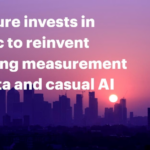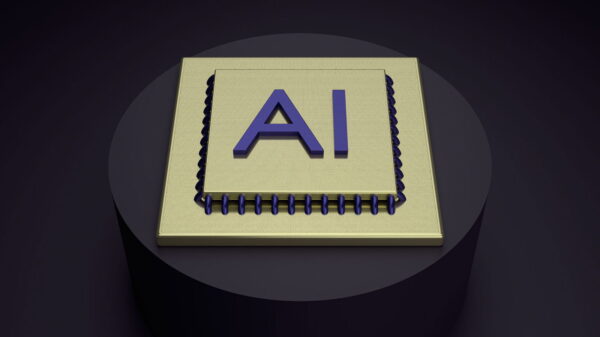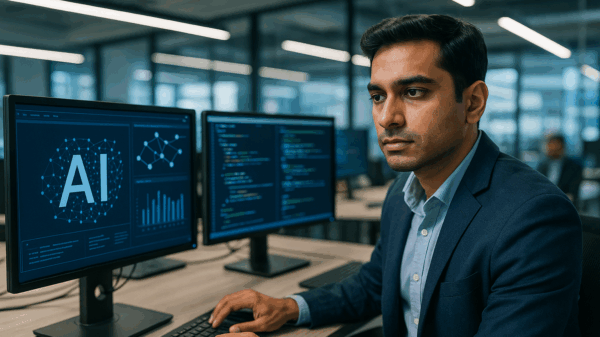The global landscape of artificial intelligence (AI) has entered a transformative phase, characterized by rapid advancements and increasing investments. From educational settings to corporate environments, AI continues to automate tasks efficiently, freeing up resources and enhancing productivity. The surge in its adoption has led to staggering market valuations; a study by Fortune Business Insights estimates that the global AI market will exceed US$294 billion by 2025, reflecting a remarkable increase of 527% since 2020, when the market was valued at approximately US$46.9 billion according to Businesswire, part of Berkshire Hathaway.
This rapid growth is underscored by forecasts from Goldman Sachs, predicting a 160% increase in global data center power demand by 2030. The firm anticipates that data centers will account for 3-4% of total global power consumption by the end of the decade, up from 1-2% today. Additionally, research from the Dell’Oro Group indicates that the top ten technology firms globally are expected to invest over $1 trillion in data centers by 2028.
The Reality of AI: Hype vs. Understanding
Despite the impressive statistics, the excitement surrounding AI often mirrors the Dunning-Kruger Effect, where initial enthusiasm can overshadow a clear understanding of the technology’s capabilities and limitations. AI, often described vaguely, fundamentally refers to algorithms and data-driven systems that perform tasks that mimic human intelligence. Notably, experts like Dr. Emily M. Bender and Dr. Alex Hanna argue in their book, *The AI Con*, that AI is more of a marketing term than a coherent set of technologies, raising questions about the justification for widespread workforce displacement.
Historical parallels can be drawn between contemporary resistance to automation and the Luddite movement of the 19th century. This past movement was less about opposition to technology and more about concerns over job security and community well-being. The authors emphasize that modern pushback against AI often arises not from anti-technology sentiment but from apprehensions about its implications for employment and societal structures.
See also Accenture Invests in Alembic to Enhance Marketing Measurement with Causal AI Insights
Accenture Invests in Alembic to Enhance Marketing Measurement with Causal AI InsightsLessons from Industry Adoption
Recent experiences from major companies illustrate the pitfalls of rushing into AI integration. For instance, Klarna, a Swedish fintech firm, laid off around 700 customer-service staff in favor of AI tools in 2022. By 2025, the company recognized that this decision adversely affected service quality, leading to a re-hiring of human workers. Similarly, IBM cut about 8,000 roles in 2023 due to its automated “AskHR” platform but later acknowledged the irreplaceable value of human insight for more complex tasks.
These reversals reflect a broader trend, supported by a report by Orgvue, indicating that 55% of companies experiencing AI-driven redundancies express regret over their decisions. The challenges faced by organizations highlight the need for caution in adopting AI technologies, as initial expectations may not align with real-world outcomes.
The Future: Caution Amid Optimism
Despite the challenges, there remains a cautious optimism regarding AI’s future, particularly in education. In Australia, a report titled *Digital Landscapes in Australian Schools 2025* reveals that 78% of surveyed schools are actively using AI tools, with 20% planning to expand their use within the next year. However, educators emphasize the importance of using AI as a supportive tool rather than a standalone solution for students.
Experts like Dr. Jim Webber, Chief Scientist at Neo4j, caution against over-reliance on generative AI in educational settings. While these tools can streamline tasks, they may inhibit students’ critical thinking skills and understanding of concepts. The technology’s ability to produce seemingly competent responses can mislead students into thinking they fully comprehend the material, creating potential risks for their educational development.
As the AI landscape evolves, the focus for educators and businesses alike should be on thoughtfully integrating AI tools to maximize their benefits while recognizing their limitations. By learning from past experiences and remaining vigilant about AI’s capabilities, organizations can better navigate the complexities of this transformative technology.







































































